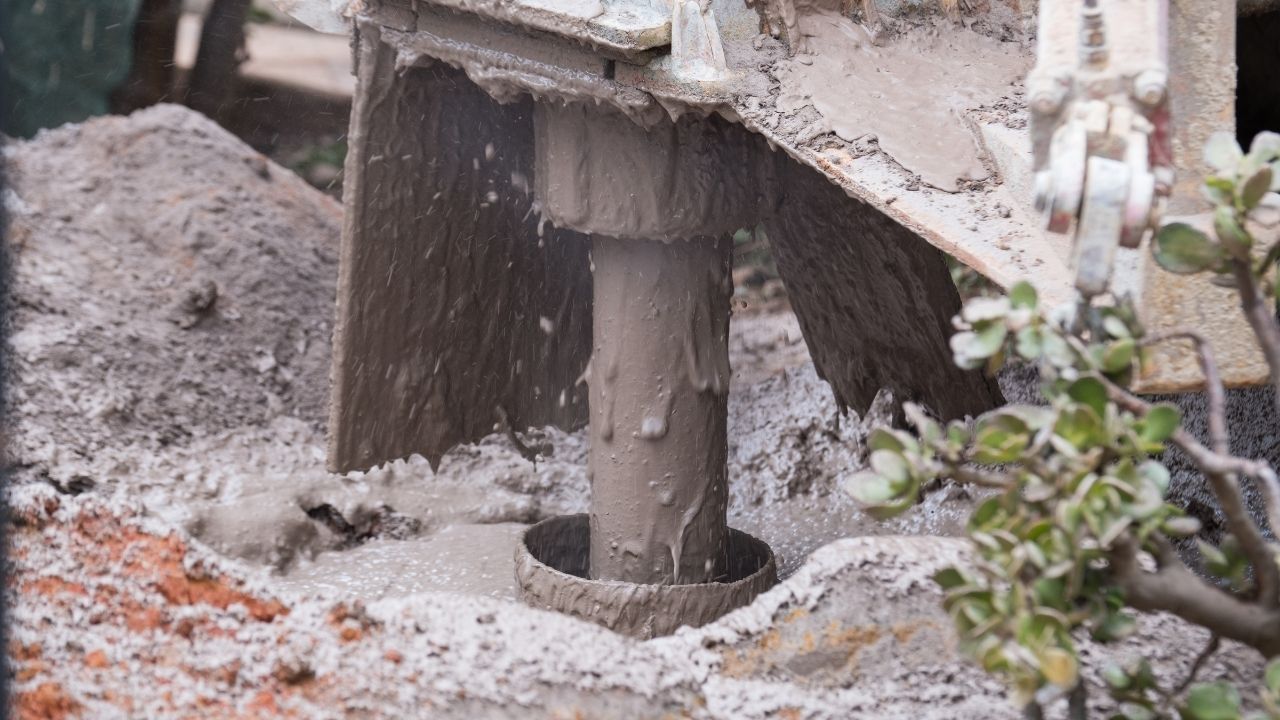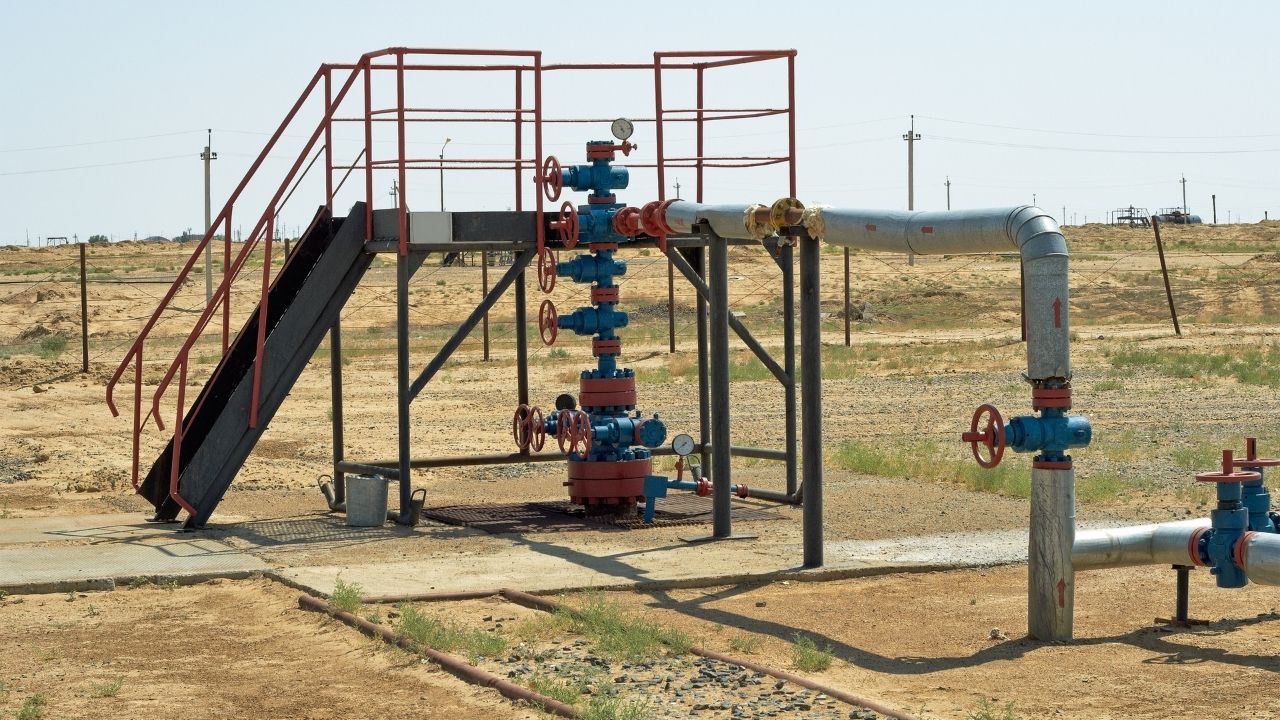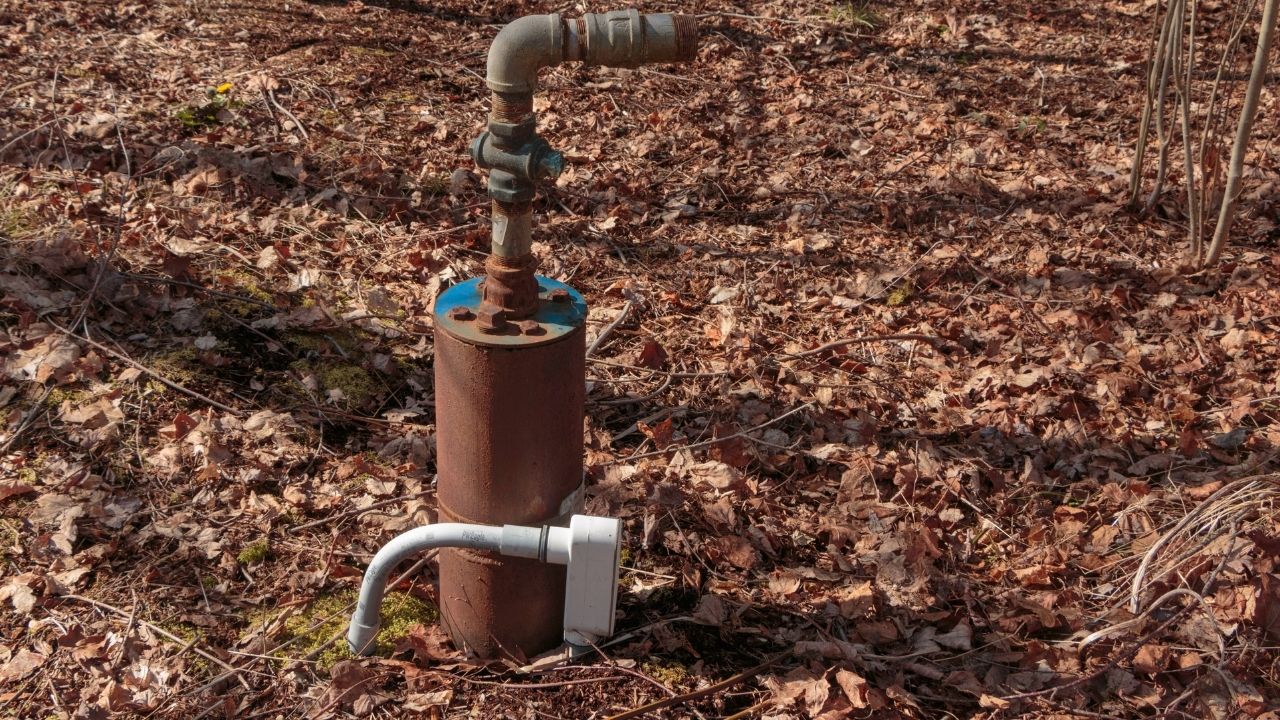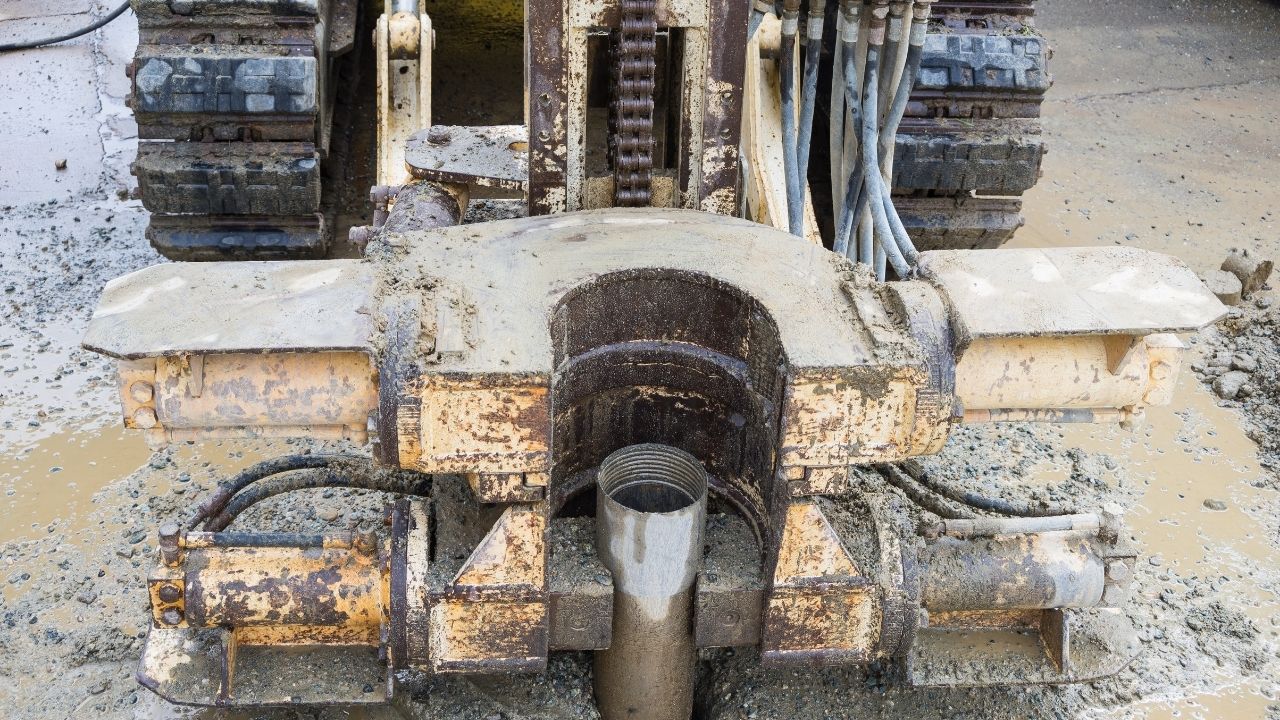If you’re looking to be more self-sufficient in your business practices, to save money where you can, and to ensure more reliability with essential resources, then you may want to consider installing a water borehole well. In this article, we’ll discuss:
- What is a water borehole? And other FAQ’s
- The pros and cons of borehole water
- What sort of equipment you’ll need for a water borehole
Let’s explore the what, why, and how of water boreholes to see if it’s something that would work for you…
What is a water borehole? And other FAQ’s
In short, a water borehole is a hole or shaft drilled into the ground to help you gain access to a reservoir of subterranean water. You can have gas, oil and mineral boreholes too, but we’ll be focusing on water, so let’s look into the mechanics a little more:
-
How does a water borehole work?
By gaining access and sufficiently sealing it off from potential contaminants, a water borehole provides you with a private, self-sufficient natural water supply separate from the main UK water supply chain. Find out here how NCFC use a water borehole on their football ground.
-
Do you need water borehole planning permission?
You don’t need any planning permission to install a water borehole – you only need to have water beneath the ground of your property. But if you plan to abstract or impound more than 20 cubic meters a day, you may need a licence from the Environment Agency. However, considering a four-member household uses 164 cubic meters on average every year, you’ll probably be fine for residential use. Commercial premises should conduct an analysis of their water use to check their usage.
-
What the first step to getting a water borehole installed?
Before you do anything you should pay for a Prognosis Report to determine the water quality and depth, and the ground conditions around the location to highlight any risks.
-
Can borehole water dry up?
Not really, it’s a natural resource of groundwater which is replenished by rain and runoff. If anything is wrong, you’ll be able to see these water supply issues or changes in the taste, look or pumping motion – regular maintenance and inspection is recommended to watch out for these.
-
How long will it take to install?
Most companies estimate between two and three days, but this excludes the time needed to undertake surveys and tests.
-
What can you use borehole water for?
It’s just water, so you can use it for anything you’d use the mains supply for – irrigation, cleaning, and consumption too. It’s best to get the water tested and assessed before you take a swig though, it may require some additional purification and treatment to make it suitable.
The pros and cons of borehole water
There are many advantages to installing and using a water borehole, but you should know both sides before you make any decisions or pay out any survey or equipment costs.
The positives:
First up is the self-sufficiency side of things. Water Boreholes give you access to a water resource which is replenished and restored by natural means – there’s no third parties or excess machinery and as such, there’s less risk of interrupted supply.
Next is the economic benefits. There are a lot of extra costs included when using the mains supply such as treatment, labour, and filtering, but borehole pumps come with filters and everything included. You’ll also save on your water costs – it’s been said a water borehole can recoup its costs in as little as two years.
Much like solar panels or a conservatory, they can also add value to your property, which is nothing to turn your nose up at in the current climate.
The negatives:
The upfront cost is certainly an issue – there’s surveys, equipment, labour costs and more. It’s not cheap to be self-sufficient in the short term, but the longer-term savings should be measured against this.
Another consideration is the necessary purification and water filters you’ll need to make the water suitable for consumption. This is another cost you’ll have to pay out unless you decide to split your usage between the mains supply (for consumption) and your borehole (for everything else).
There’s also the contaminants and the surrounding environment to consider – you’ll have to make sure you test, offset and manage any negative impacts of the installation on the environment. And the additional ongoing maintenance costs will need to be calculated into any decision as well.
What sort of equipment you’ll need for a water borehole
Due to the range and technicality of the process and the equipment needed, it’s best to get a professional team to install it and to maintain it. Here’s a short list of the parts they may need:
- Submersible borehole water pump and cabling
- Miscellaneous piping
- Support rope
- Protective casing
- Water level sensors
- Flow meter and control valve
- Sealant for around the casing
- Sealed well head to protect from surface contamination
- Control box/signalling device
- Water treatment facilities
You can find out more about the actual installation and the parts needed here, but as you can see, it’s not a simple process. So, think again before you start googling ‘How to dig a water borehole’ and hire a pneumatic drill to do it yourself, we recommend you leave it to the professionals with their purpose-made parts.
On the face of it, a water borehole is a self-sufficient water supply that can save you money, but it’s not an easy weekend DIY job. There’s geology, geography, hydrology and loads of technology involved. So, do your research, look at all the angles, and make an informed decision on which professional team you’re going to work with.




